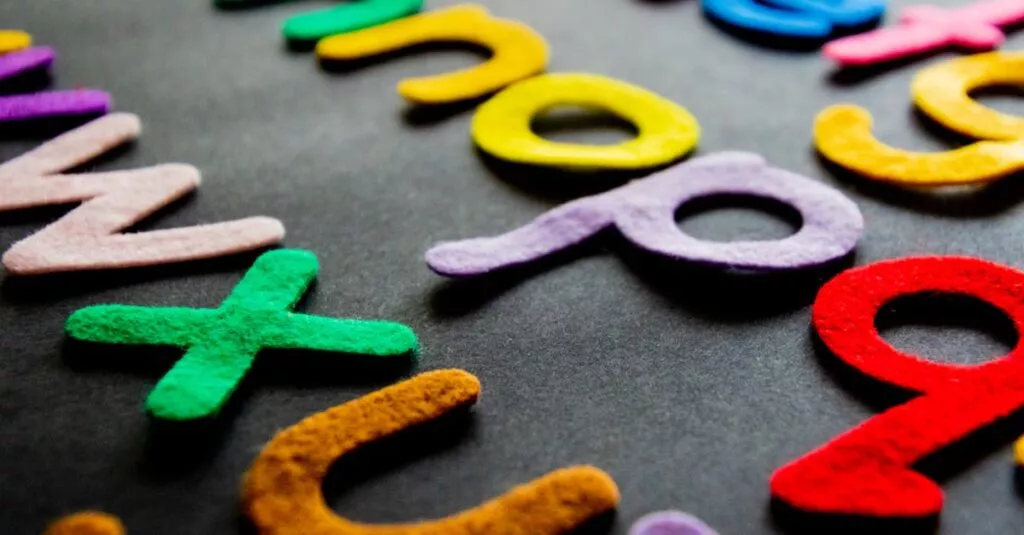Starting Small: Incorporating Gratitude in Everyday Life
Teaching kids gratitude begins with small, everyday actions. Encourage them to say ‘thank you’ frequently, whether it’s to the cashier, their teachers, or even their friends. Discuss why these actions are important. Make gratitude a topic of dinner conversation, perhaps by taking turns to share something you’re thankful for each day. It’s these tiny moments that create a long-lasting attitude of thankfulness.
Encourage your children by modeling gratitude yourself. When they see you appreciating the little things, they learn to do the same. After all, kids mimic what they observe.

By starting small and incorporating gratitude into daily life, we can instill a sense of appreciation and positivity in the younger generation.
Using Bible Stories to Teach Gratitude
Bible stories are a treasure trove of lessons on gratitude. Take, for instance, Jesus and the ten lepers. Ten were healed, but only one returned to say thanks. This story can illustrate the importance of showing gratitude, even when others might not.
Share these stories in a way that captivates your children’s imagination—maybe through a play or a family reading session. Discuss how the characters felt and how gratitude changed their lives. The tales from the Bible provide practical examples that reinforce the value of showing appreciation.

Encouraging Gratitude Through Prayer
Prayer is an essential way to instill gratitude in children. Make it a nightly routine to thank God for at least three good things that happened during the day. This practice not only reinforces thankfulness but also strengthens their faith.
Encourage them to pray for others, showing gratitude for people in their lives who support or care for them. Teaching your child to pray with gratitude nurtures a habit of mindful appreciation that lasts a lifetime. Remember to keep it simple and sincere, so they find it easy to express their gratitude.
Image Source:

Encouraging gratitude through prayer is a powerful way to cultivate a positive outlook and a thankful heart in children.
Gratitude Journals: A Fun Family Activity
Gratitude journals are a fantastic way to make thankfulness a fun family activity. Give each family member a journal and set aside time each week to write down things they are grateful for. Add some creativity with drawings and stickers, making it as engaging as possible for young kids. You can start by listing three items and eventually encourage writing a short story about something they appreciate. This activity not only encourages writing skills but also reflection on positive experiences. Sharing entries can lead to delightful conversations and mutual appreciation.

Overcoming Emotional Hurdles in Teaching Gratitude
Teaching gratitude isn’t always smooth sailing. Children can face emotional challenges, especially in a world where instant gratification is common. They might feel envious about what others have, leading to a lack of thankfulness.
Address these feelings openly; let them know it’s okay to feel this way. Share personal stories of times when you felt similarly and how you overcame those feelings. Acknowledge their emotions and guide them to see the good in their lives. This honest conversation can help them navigate their emotions and develop a grateful outlook.

Key Takeaways:
- Children may struggle with gratitude due to societal influences.
- Openly address feelings of envy and lack of thankfulness.
- Share personal stories to connect and guide them towards gratitude.
Interactive and Fun Gratitude Activities
Interactive gratitude activities can make learning fun and memorable. Host a ‘Gratitude Scavenger Hunt’ where kids find items around the house they are thankful for. Create gratitude crafts like ‘Thankful Trees,’ where they add leaves with written things they appreciate. These activities offer a hands-on approach to understanding gratitude. Family board games focusing on thankfulness can also be a hit. The goal is to make gratitude a fun and normal part of daily life. Injecting such joyful activities ensures that the lessons stay with them, making gratitude a habit rather than a chore.

